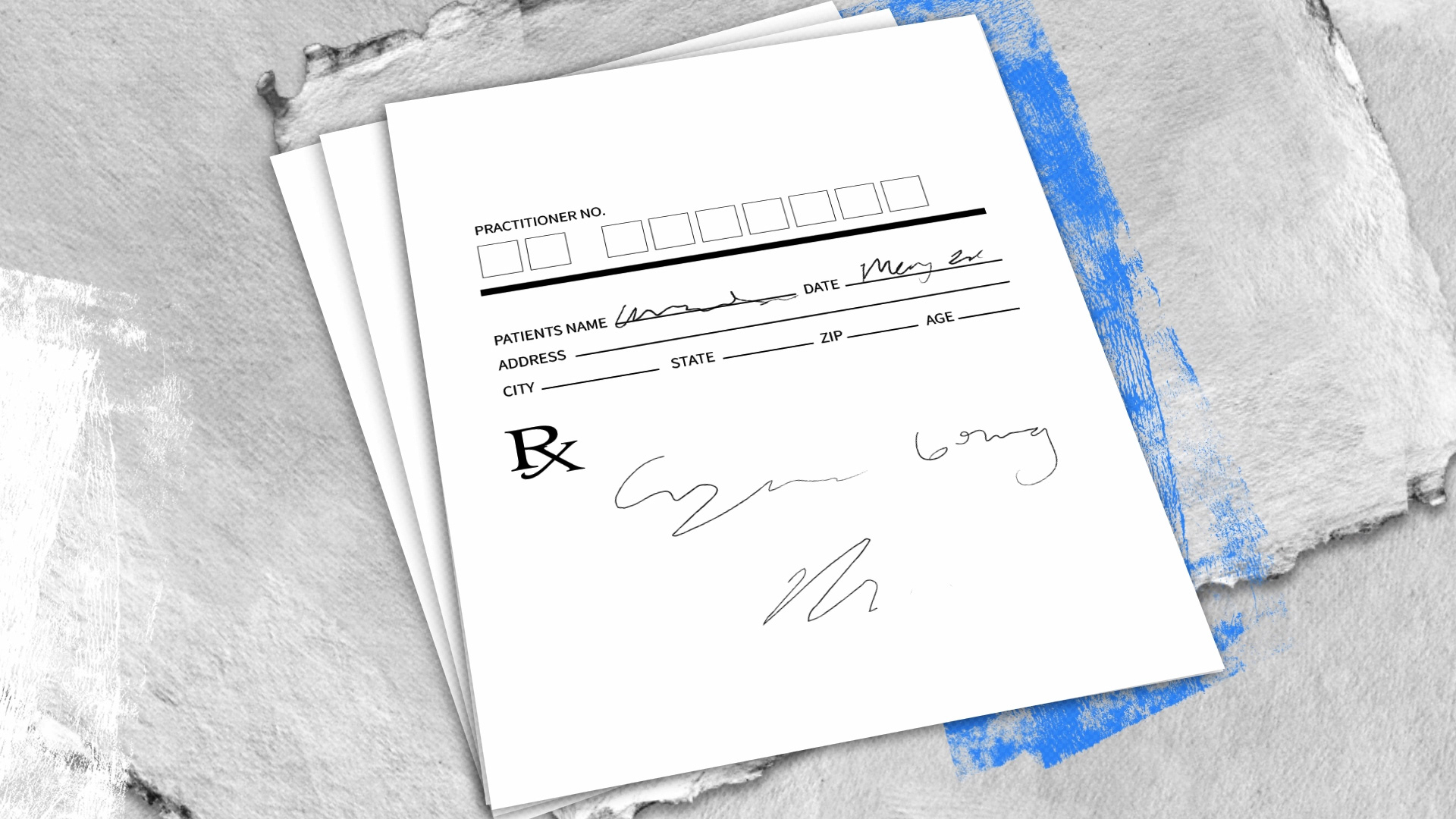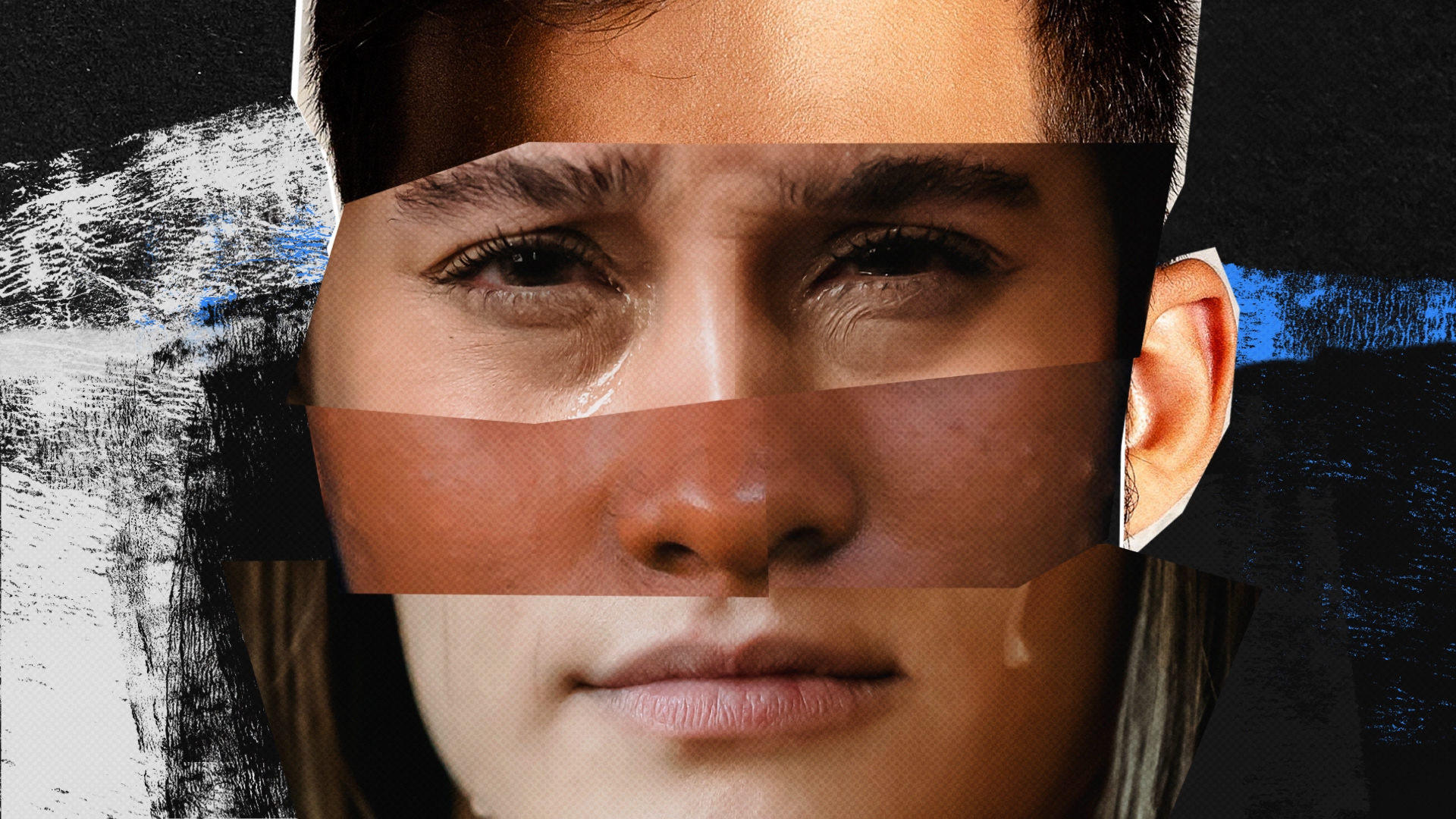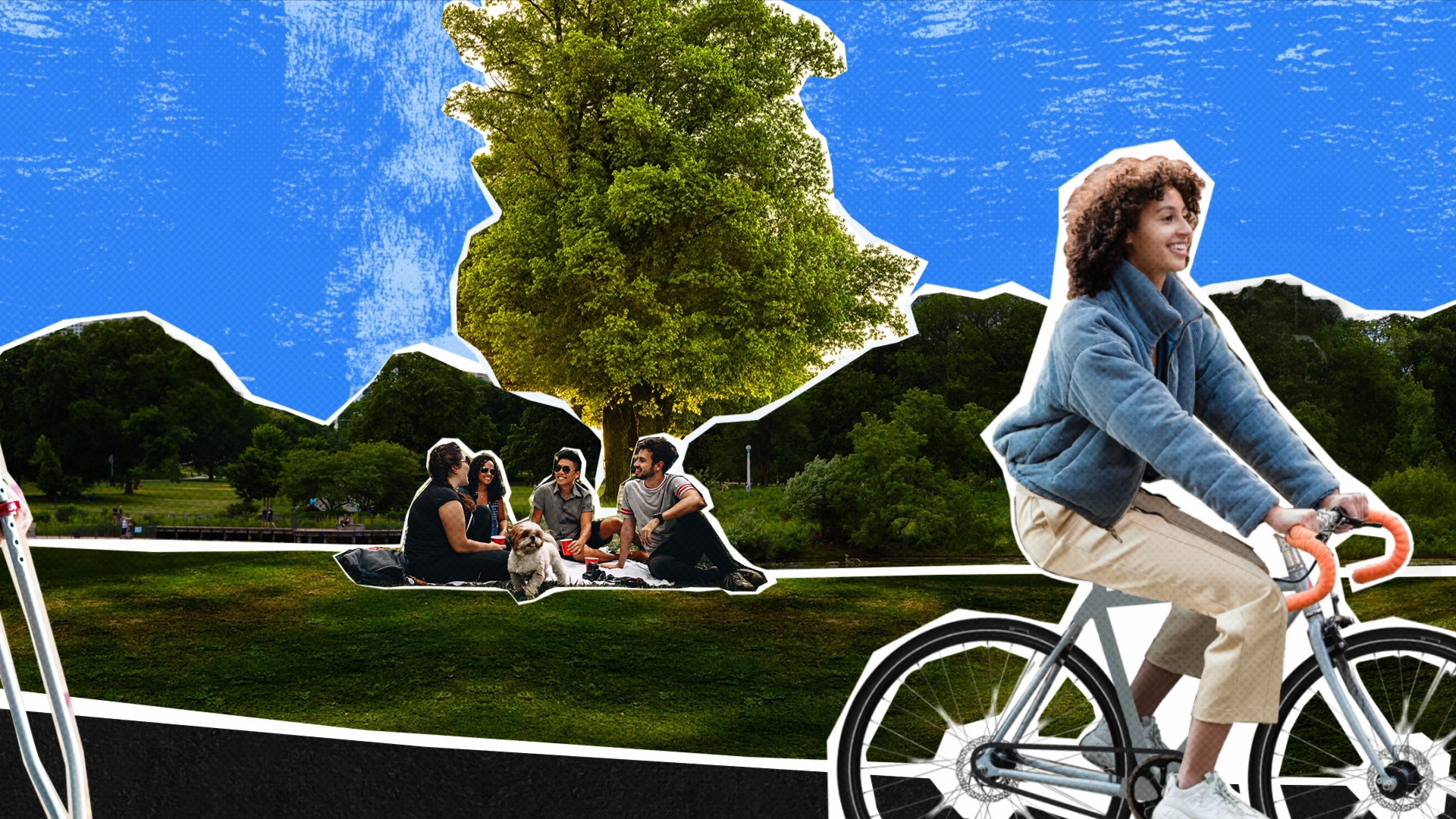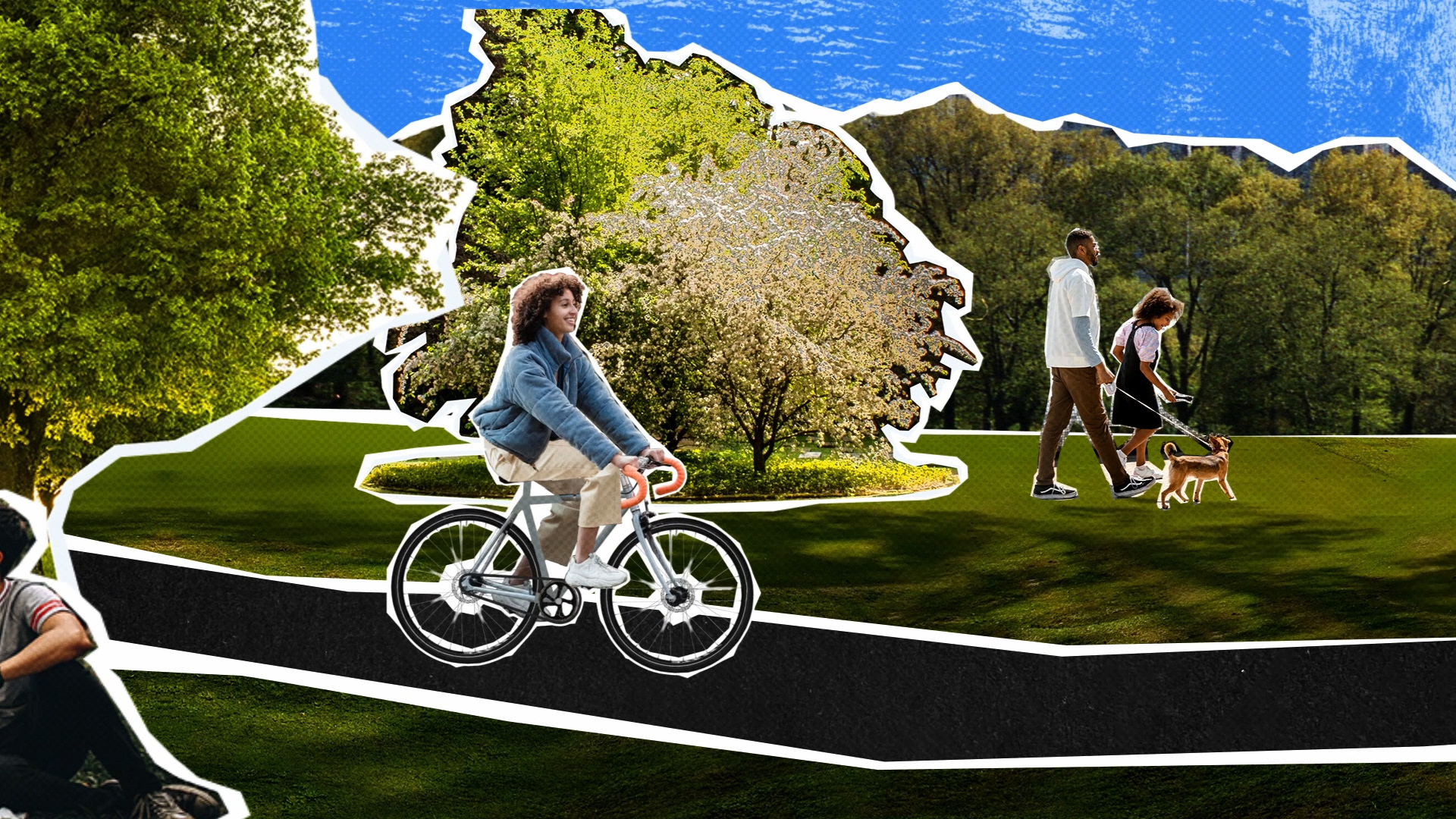In collaboration with Everfi and Truth Initiative, we created an engaging introduction video for an opioid awareness course, specifically tailored to captivate American high school students. The objective was to create a stop motion feel collage style that would effectively resonate with the target audience. While the content needed to be impactful, it was crucial to strike a delicate balance by avoiding explicit and graphic visuals. The envisioned approach involved utilizing choppy layers and textures, which would lend a contemporary and slightly edgy vibe to the video while maintaining a serious tone throughout. By incorporating these elements, the resulting video aimed to captivate and educate young minds about the dangers of opioid abuse, leaving a lasting impression that would prompt critical thinking and foster proactive decision-making.
CREDITS
DESIGN & ANIMATION: Kari Pieterse
PRODUCTION: Sage Bennett of CreatorUp Studios
MOOD BOARDS / VISUAL TREATMENT
Moodboards for animation projects are visual collages that help establish the overall look, feel, and atmosphere of the project. They are created by gathering various images, colors, textures, and references that capture the desired mood and style of the animation. Compiling these visuals together can ensure that everyone involved in the project shares a common understanding of the desired visual language and can effectively communicate their ideas to bring the animation to life.
MOOD BOARD VERSION 1
MOOD BOARD VERSION 2
STORY BOARDS
Storyboards are essential for turning a written script into a visual masterpiece. They show how the story will unfold on screen, shot by shot. They help the animation team communicate and understand each other. By providing a shared visual reference, everyone can discuss and agree on the animation's vision. Storyboards also help plan the animation's structure and pacing. They decide how long each shot will be, how scenes will transition, and how the story will flow smoothly.
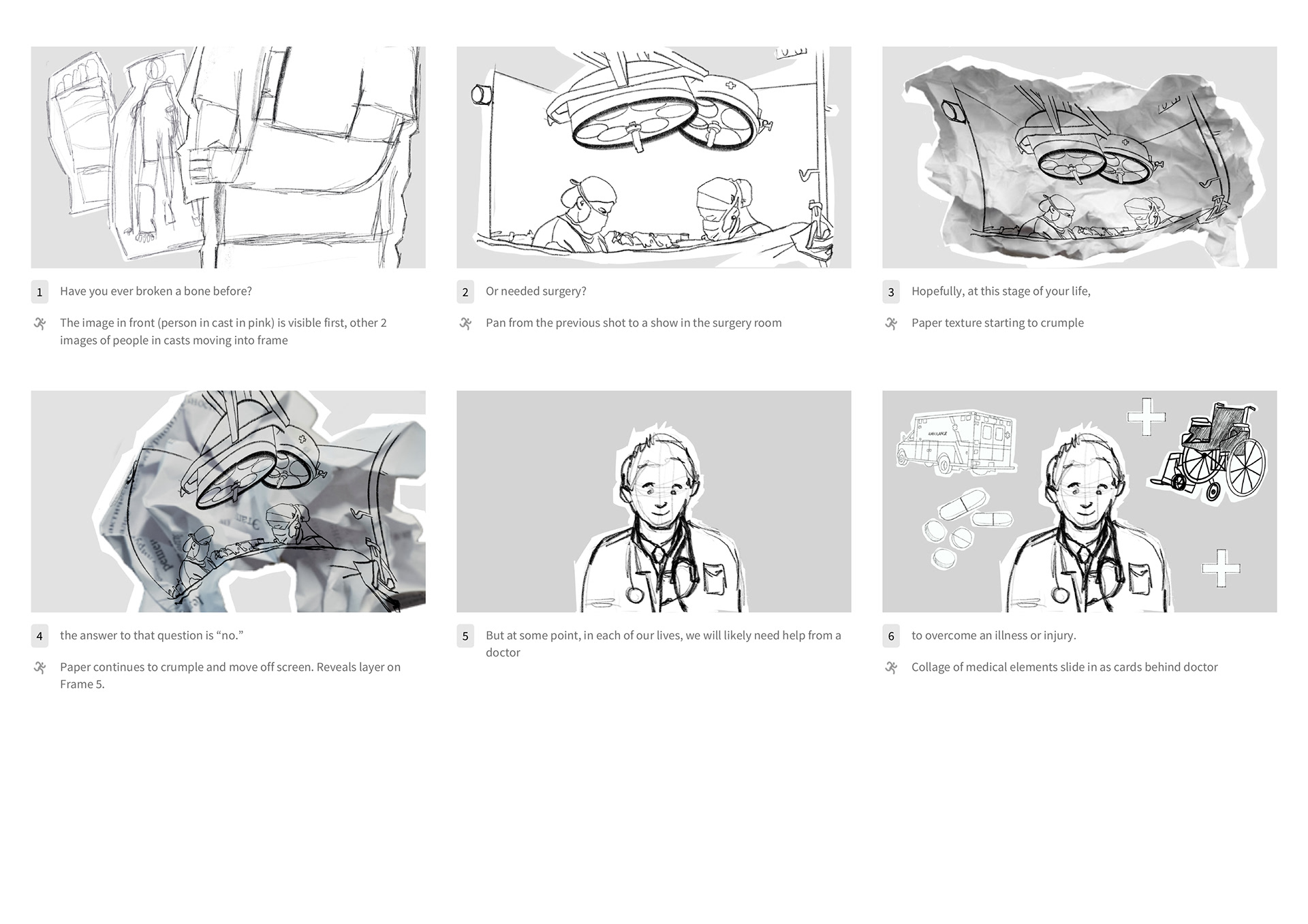


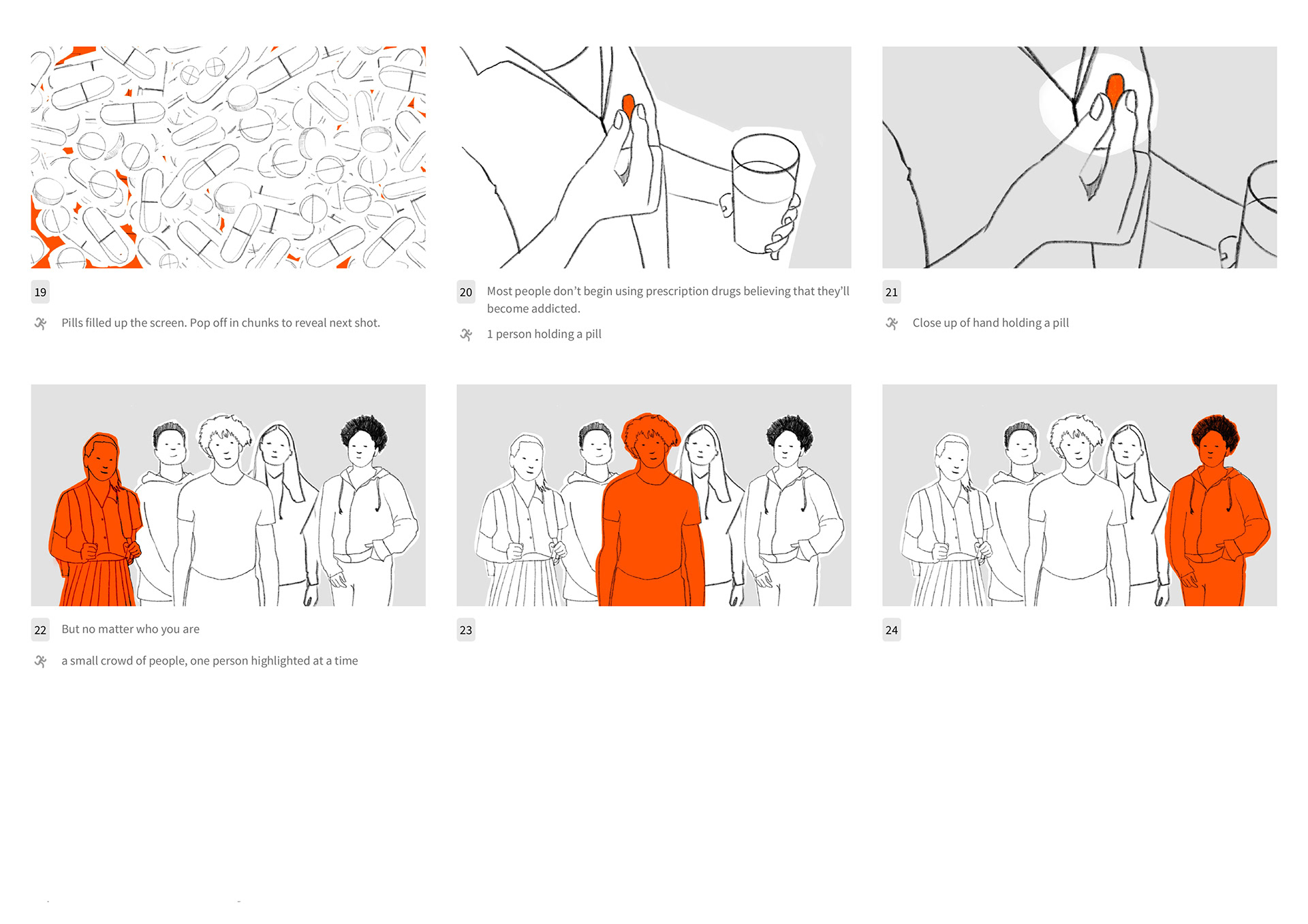
STYLE FRAMES
Styleframes are crucial for animation projects as they visually convey the final product to clients. By integrating color schemes, typography, composition, and visual elements, they enable stakeholders to envision the desired style, mood, and atmosphere. Acting as a reference and guide, style frames ensure the animation aligns with the artistic vision and project goals.




